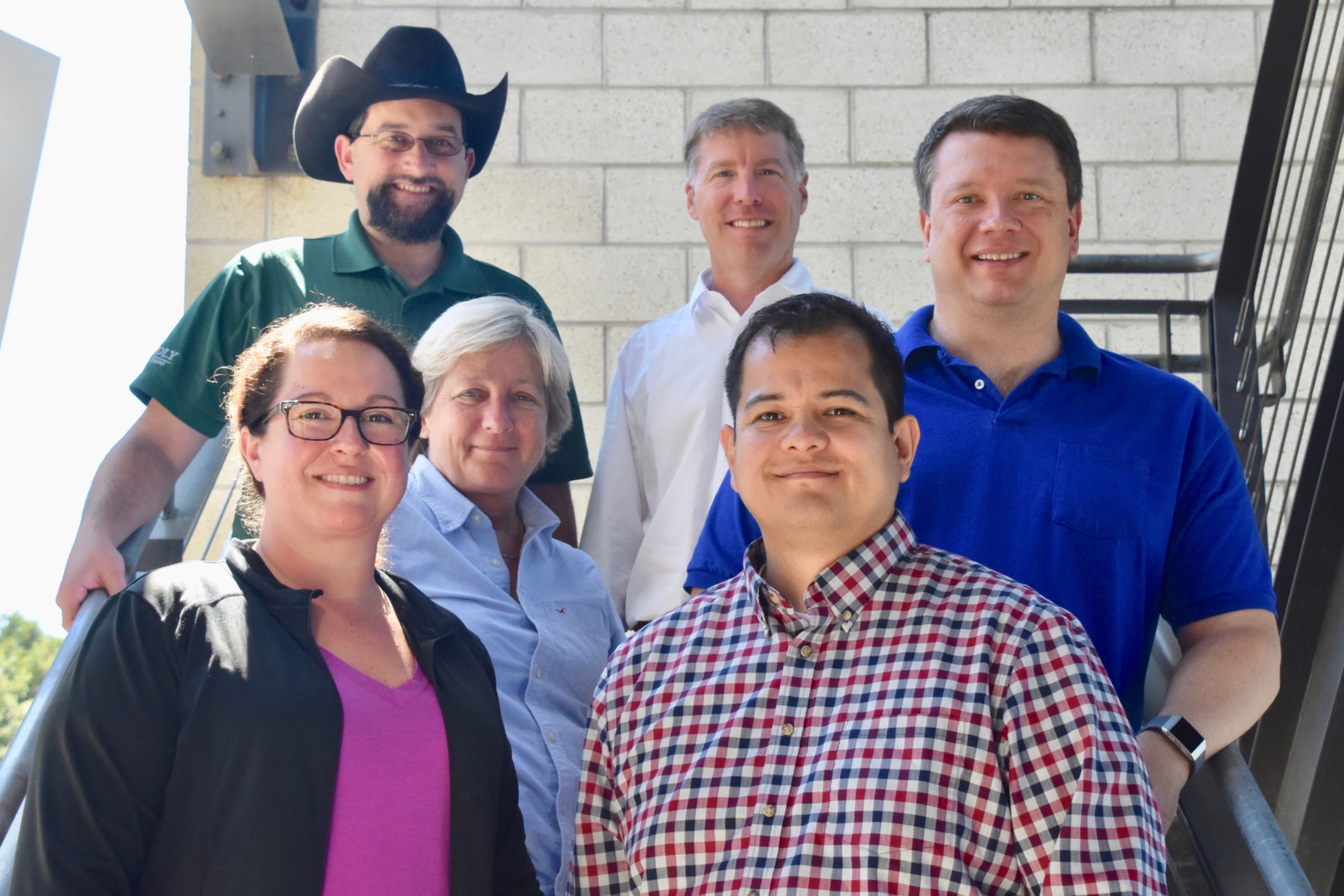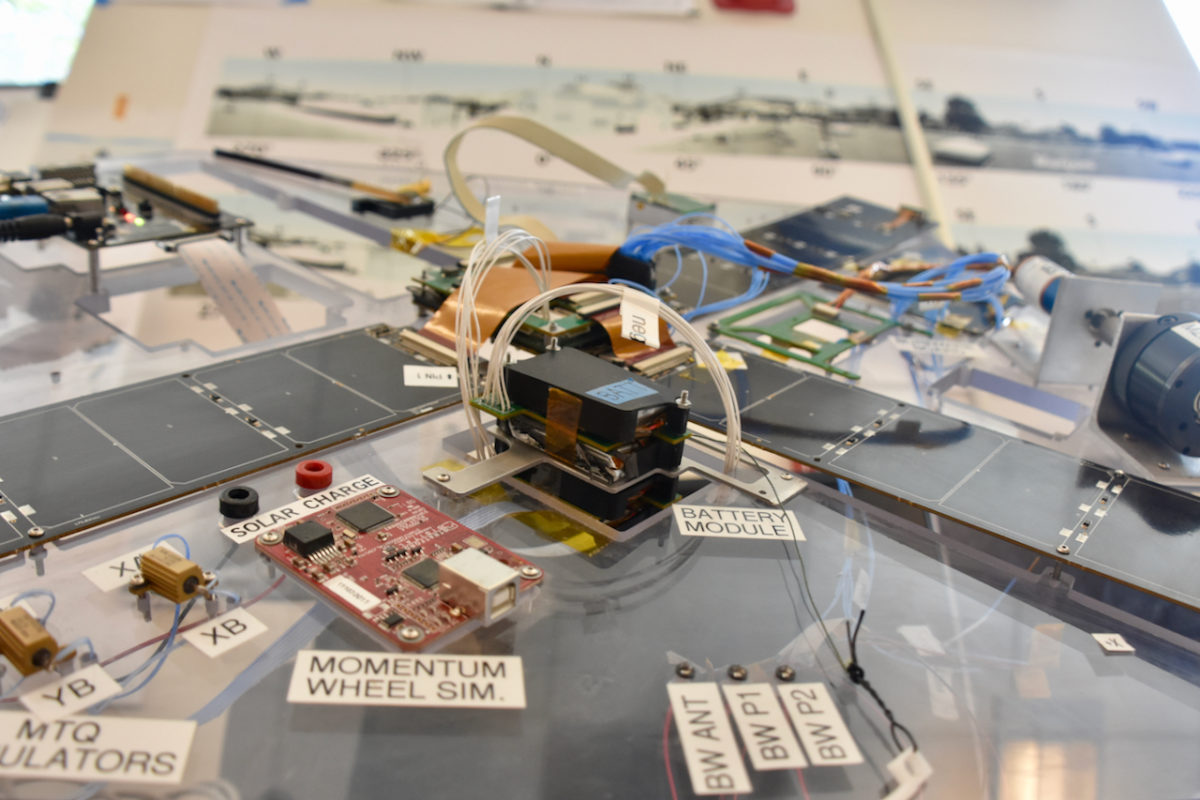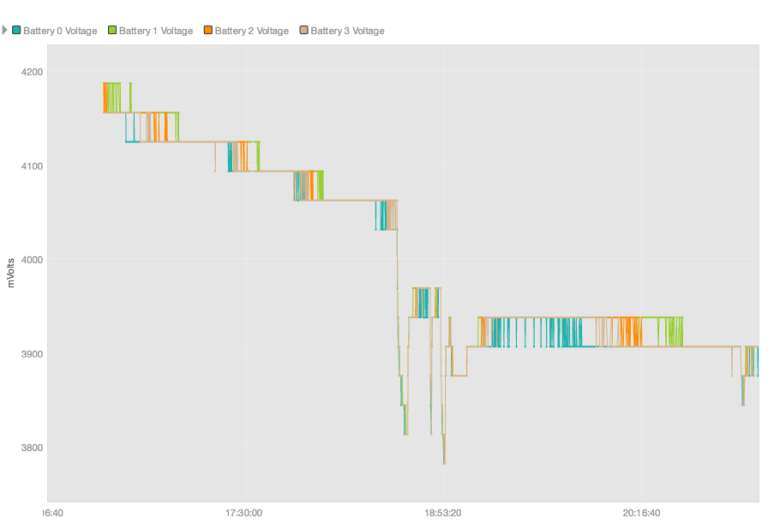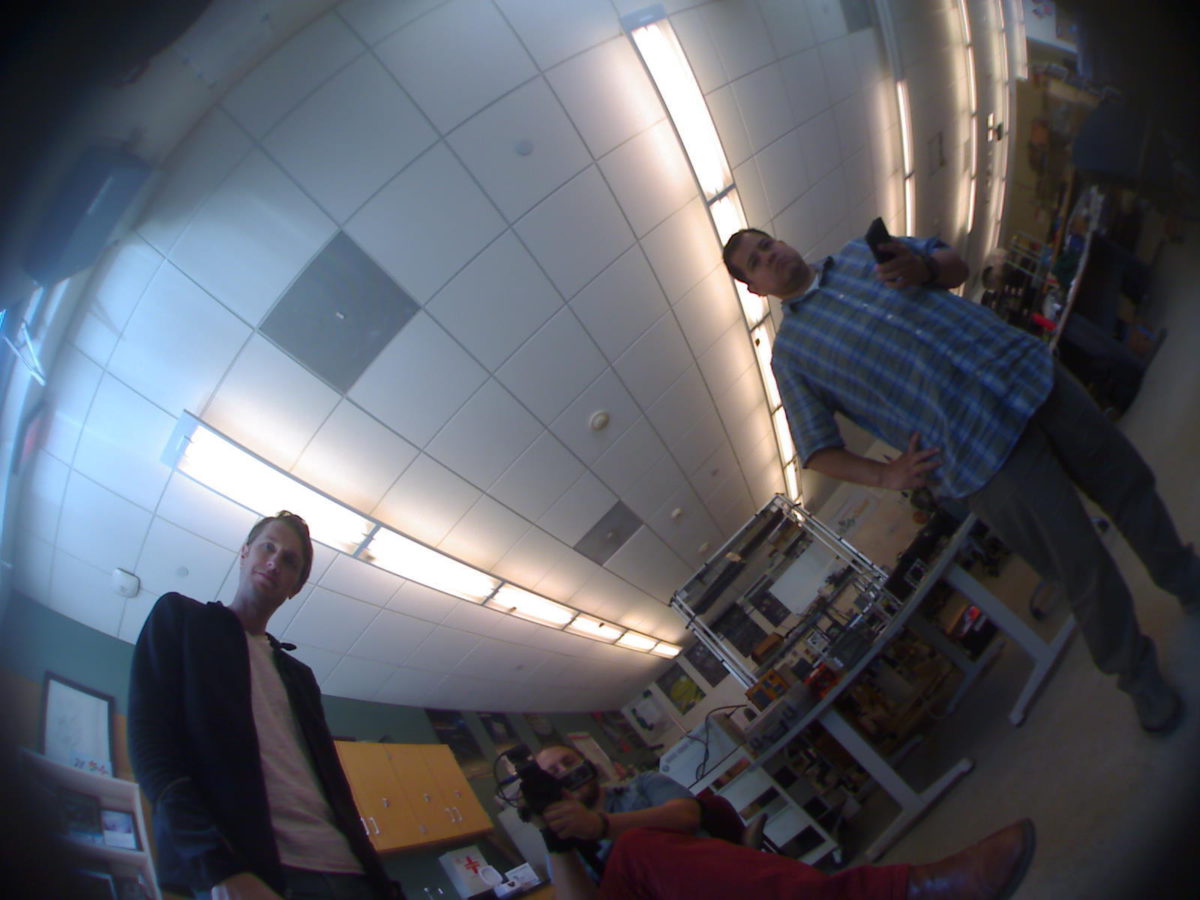Jason Davis • Jul 26, 2018
LightSail 2 team completes key mission review and dress rehearsal
The Planetary Society's LightSail 2 spacecraft won't fly for a few more months, but the mission feels a little bit more real now that a key review and dress rehearsal are complete.
The LightSail 2 team gathered in Cal Poly San Luis Obispo on July 17 and 18 for a Mission Readiness Review (MRR) and Operational Readiness Test (ORT). The MRR is a general review to get everyone on the same page before launch, and the ORT is a dress rehearsal to simulate key mission events using a clone of the spacecraft. The review and test were also a chance to get the team back together to discuss any outstanding work and review key policies and procedures.

The MRR started with an overview of the latest mission timeline. The Georgia Tech Prox-1 spacecraft serves as a carrier for LightSail 2, and will eject the CubeSat seven days after launch. The LightSail team plans to spend about five days checking out the spacecraft before deploying its solar panels and solar sail. That will be followed by about a month of orbit raising operations, the goal of which is to raise the spacecraft's apogee (highest point in its orbit around Earth) by a measurable amount.
Next came a discussion on flight rules and critical parameters. Flight rules are checkpoints that either must be met or can't be violated during the mission. For example, sail deployment can't happen unless the batteries have adequate charge levels, and the spacecraft is in sunlight. Critical parameters include minimum and maximum power levels, and the highest allowed speed of the momentum wheel that spins to turn LightSail 2 into and away from the sun's rays.
The team also discussed the mission's attitude control modes. LightSail 2 is pre-programmed with four modes: detumble, Z-axis alignment, no-torque, and solar sailing. Detumble is the spacecraft's initial mode after it gets ejected by Prox-1. This stabilizes the spacecraft to keep it from tumbling. Z-axis alignment aligns the spacecraft's long axis (the Z portion of its X, Y, and Z coordinate frame) with Earth's magnetic field, which improves ground communications. No-torque is a drift state used during solar sail deployment, similar to the way the International Space Station drifts when a spacecraft docks. Solar sailing mode kicks in after sail deployment, and is used to align the spacecraft properly with the Sun.
LightSail 2's ground stations are also gearing up for the mission. Cal Poly is still the primary ground station, with a second station at Georgia Tech. Because of LightSail's low, 24-degree inclination, radio enthusiasts in areas like northern Europe won't be able to send us data packets. Furthermore, LightSail 1 showed how beneficial it would be to have a permanent ground station somewhere besides the continental U.S. Fortunately, we found a willing partner in Kauai Community College in Hawaii. In August, Cal Poly's John Bellardo is traveling to KCC to help set up the ground station for remote operation.
Finally, no mission review would be complete without a run-through of "spacecraft idiosyncrasies." These are minor quirks that must be accounted for during operations, such as the fact that one camera creates thumbnails containing a line of grey pixels, and a known offset in the data coming from one of the gyroscopes.

Day two at Cal Poly was used for the Operational Readiness Test. Most of the team sat in a conference room, except for Ecliptic Enterprises Corporation's Alex Diaz, who went to Cal Poly's ground station operations center. There, he set up BenchSat, a deconstructed LightSail clone mounted on an acrylic board. Alex booted up BenchSat and it began transmitting packets that were received through the ground station just like they will be for LightSail 2. In the conference room, the rest of the team monitored telemetry from BenchSat and sent it commands.
New to this mission is a customizable dashboard the team can use to display spacecraft telemetry using NASA's open-source mission control software, Open MCT. Rather than having to sift through text files or import telemetry into a spreadsheet, Open MCT takes the data and displays it just about any way you can imagine. This is extremely helpful for on-the-fly status checks, when multiple team members are responsible for seeing whether different subsystems are operating nominally. Remember when New Horizons flew past Pluto, and there was a dramatic moment as the spacecraft's telemetry came in? And then the team members reported whether each subsystem was nominal? That's exactly how LightSail 2 works. For example, if I were in charge of monitoring battery levels, I could use this graph to report to the mission manager, Dave Spencer, that power levels were between maximum (4.275 volts) and minimum (2.6 volts) levels over the course of about four hours:

The ORT also included simulated solar panel and solar sail deployments. BenchSat has no panel deploy mechanism, but it does have an LED that lights up when the circuit used to open the panels is active. There's no solar sail, either—but there is a motor that spins just like it will for LightSail 2. It's satisfying to watch the motor and hear it whirr; in space, of course, there won't be any noise.
But there will be pictures! BenchSat has a camera identical to the one on LightSail 2, and as the motor spun, the camera fired off a round off pictures. I joined Alex Diaz in front of BenchSat with our videographer, Merc Boyan, and the camera saw us:

Overall, the review and test went smoothly, and gave the team confidence things will go according to plan during the mission. As for LightSail 2 itself, it's still in Albuquerque at the Air Force Research Laboratory, installed inside Prox-1. The two combined spacecraft are going through environmental tests this week. Then, LightSail 2 will be briefly removed for an "aliveness test," in which it is powered on for long enough to get status checks from all the instruments to make sure nothing broke during testing.
After that, it's off to Cape Canaveral for launch, and on to space for solar sailing.
The Time is Now.
As a Planetary Defender, you’re part of our mission to decrease the risk of Earth being hit by an asteroid or comet.
Donate Today

 Explore Worlds
Explore Worlds Find Life
Find Life Defend Earth
Defend Earth

